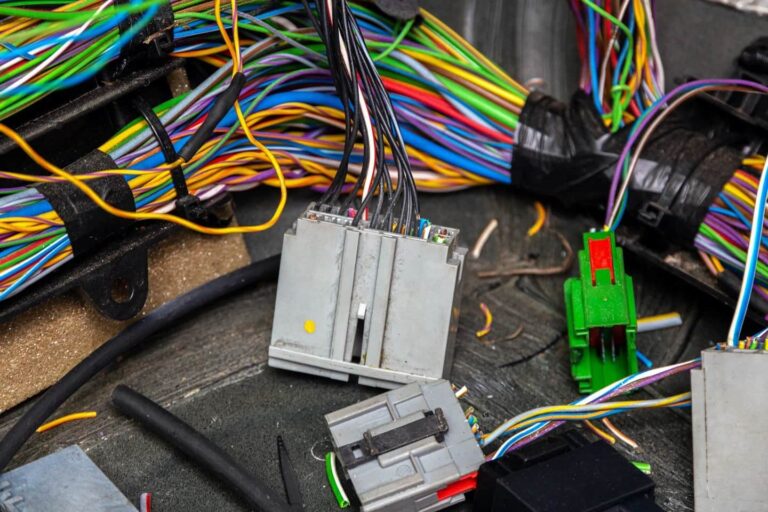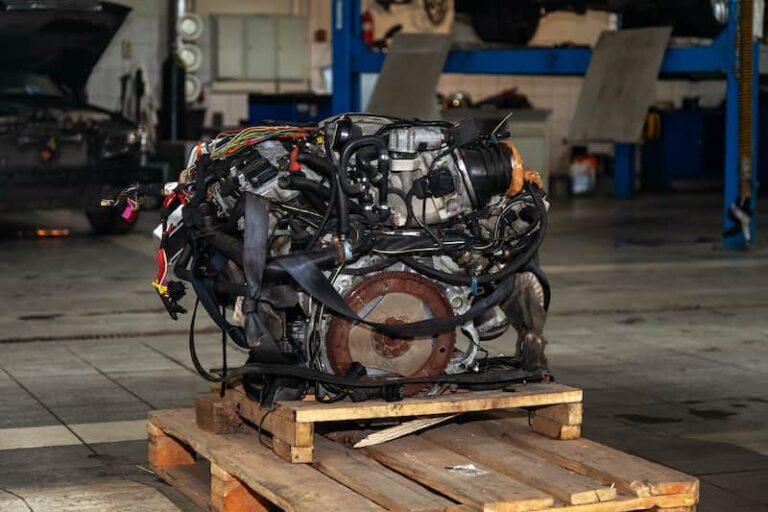Ignitor coils serve the same fundamental purpose in every ignition system for modern gasoline engines. It is to generate the high voltage necessary to ignite a spark at the spark plug. So the ignitor coil performs as a high voltage transformer. It increases the principal voltage of the ignition system from 12 volts to thousands of volts.
Ignitor coils supply the high voltage the ignition system requires to fire the spark plugs. The majority of engines using distributor ignition systems only have one coil, although some foreign vehicles have two. There is the use of multiple ignition coils in distributor-less ignition systems (DIS). Other DIS and coil-on-plug (COP) ignition systems include a separate coil for each cylinder or spark plug.
The necessary voltage can range from as low as 5,000 volts to as high as 25,000 volts or more, and it changes frequently. Under peak demand, some systems can output up to 40,000 volts.
Table of Contents
ToggleFundamental Working Principle Of Ignitor Coil

Ignition coils make use of the interactions between electricity and magnetism to generate the necessary high voltages.
When an electric current flows through an electrical conductor, such as a coil of wire, a magnetic field develops all around it. The magnetic field or magnetic flux serves as a kind of energy reservoir to create electricity.
The current flow develops rapidly when the electricity is first turned on until it reaches its maximum value. When the electric current is stable, the magnetic field or flux will also steadily increase to its peak output and become stable. The magnetic field will then fall down when you turn off the electric current.
The magnetic field’s strength mostly depends on two factors:
1) Enhancing the current flowing through the wire coil makes the magnetic field stronger.
2) The magnetic field strength increases with the number of windings in the coil.
The primary and secondary windings of an ignition coil are wound around an iron core. It helps in maximizing the strength of the magnetic field or flux. Thus, increasing the efficiency of the ignition coil. The secondary winding of an ignition coil normally has 15,000 to 30,000 turns of wire, which is around 100 times greater than the primary winding. The primary winding of an ignition coil typically has 150 to 300 turns of wire.
Problems arising due to defective Ignitor Coil

You may notice issues starting or operating your automobile if your coil igniter is defective. Most probably:
- Backfire
- Engine misfires
- Spluttering and Stalling
- Decreased fuel efficiency
- Shaking while the engine is running
Diagnosing an Ignitor Coil
When the coil in a distributor ignition system fails, it affects every cylinder. Car engine won’t start or misfire severely when it is under stress. A misfire that moves from cylinder to cylinder is another possibility. In the event that your engine is misfiring and the Check Engine Light is on, use a code reader or scan tool to check for misfire codes.
A coil failure typically sets a P030X misfire code on engines built after 1996. It includes OBD II and misfire detection, where “X” denotes the misfiring cylinder’s number. It is advisable not to assume a misfire indication as a bad coil, bad spark plug, or plug wire. An ignition coil bad symptoms, fuel problem, or compression problem can all result in a misfire code. Another possibility is a faulty injector or a compression leak.
A code may also be set for the coil on that cylinder if it is shorted or open. If there is no code, use a digital ohmmeter to determine the primary and secondary resistance of the coil. The spark plug should be taken out and examined as well. Check the spark gap and take a look at the deposits on the plug to see if the misfire is due to carbon or oil problems. Additionally, examine that the resistance of the plug wire, if one is present, is within acceptable limits.
A dirty or dead fuel injector may be to blame for the misfire if the coil, spark plug, and plug wire all seem to be in good condition. Perform a compression check to see whether the cylinder has a bad valve or a leaky head gasket and if the injector seems to be in good shape.
FAQs
What coil to use with the PerTronix ignitor?
For PerTronix Ignitors installed on four- and six-cylinder engines, a 3.0-ohm coil should be used. It is advisable to use a 1.5-ohm coil for eight-cylinder systems. Almost any inductive ignition system can use these coils.
What is the price of Ignitor Coil price?
Depending on the automobile model and labor expenses, replacing a single ignition coil typically costs between $65 and $325. An ignition coil might cost anything from $30 to $150. An ignition coil requires labor that ranges from $30 to $200.
Does driving with a bad ignition coil possible?
The car will operate poorly with a bad ignitor coil. If not addressed, an ignitor coil issue can harm other auto components, particularly the catalytic converter, which could result in more severe issues.
Are you looking for refurbished car parts or components and confused about where to buy from? Visit auto vehicle parts now! The most trustworthy platform for purchasing international used auto parts.










